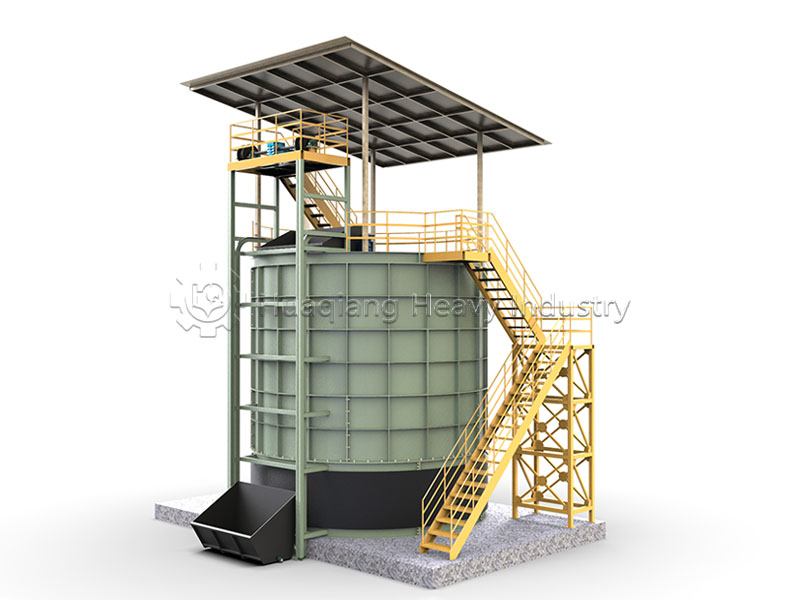As the world seeks sustainable solutions for waste management and renewable energy, anaerobic digestion has emerged as a promising technology that addresses both challenges simultaneously. This biological process not only converts high-moisture animal manure into valuable fertilizer but also produces biogas, a renewable energy source. Particularly suitable for handling fresh manure with over 80% moisture content, anaerobic digestion offers an integrated approach to agricultural waste management.

The Anaerobic Digestion Process
The process begins with fresh manure being fed into a conditioning tank where impurities are removed. The prepared material is then pumped into anaerobic digesters, which can operate at different temperature ranges. While systems may use ambient, mesophilic (around 35°C), or thermophilic temperatures, mesophilic digestion remains the most commonly used method due to its stability and energy efficiency.
Inside the sealed digesters, anaerobic bacteria, including methanogens, break down organic matter over a period of 15-30 days. This biological decomposition generates biogas, primarily composed of methane, which can be captured and utilized for electricity generation, heating, or as vehicle fuel. The remaining materials, known as digestate, separate into solid fractions (digested solids) and liquid fractions (digestate liquid), both valuable as organic fertilizers.
Pathogen Reduction and Safety
Although anaerobic digestion operates at lower temperatures than aerobic composting, typically around 35°C in mesophilic systems, it effectively reduces pathogens through sustained microbial activity and environmental conditions. The process eliminates 85%-90% of harmful microorganisms, including pathogens and parasite eggs, while simultaneously degrading antibiotics and hormones present in the manure.
The resulting digestate products show significantly reduced levels of harmful organisms and pollutants, meeting organic fertilizer safety standards. For additional safety assurance, the solid fraction can undergo further aerobic composting, while the liquid fraction can be properly treated before agricultural application.
Advantages and Limitations
The primary advantage of anaerobic digestion lies in its dual benefit: energy recovery through biogas production and organic fertilizer generation. This makes it particularly suitable for handling high-moisture manure while reducing wastewater discharge. The technology also contributes to greenhouse gas reduction by capturing methane that would otherwise be released into the atmosphere.
However, the method has certain limitations. The pathogen reduction level is slightly lower than in aerobic composting, often requiring additional treatment of the digestate. Additionally, the technology faces challenges in processing high-fiber manures, such as poultry litter, which can cause equipment blockages and reduce system efficiency.
Anaerobic digestion represents a circular approach to agricultural waste management, transforming potential pollutants into valuable resources. As technology advances and becomes more accessible, this method continues to gain importance in global sustainable agriculture strategies, offering farmers both economic and environmental benefits while contributing to renewable energy production.
Conclusion: Integrating Anaerobic Digestion into Fertilizer Production
Anaerobic digestion serves as a crucial front-end process in the complete organic fertilizer production line, effectively handling high-moisture manure before further processing. The resulting digestate can be efficiently integrated with traditional organic fertilizer fermentation methods, where equipment like the chain compost turner or large wheel compost turner further processes the material. The large wheel compost turning machine proves particularly valuable for large-scale operations within a comprehensive bio organic fertilizer production line, ensuring thorough aeration and maturation. Finally, the processed material can be formed into uniform pellets using an organic fertilizer granulator, completing the transformation from waste to valuable agricultural input through this integrated approach that combines biogas production with organic fertilizer manufacturing.